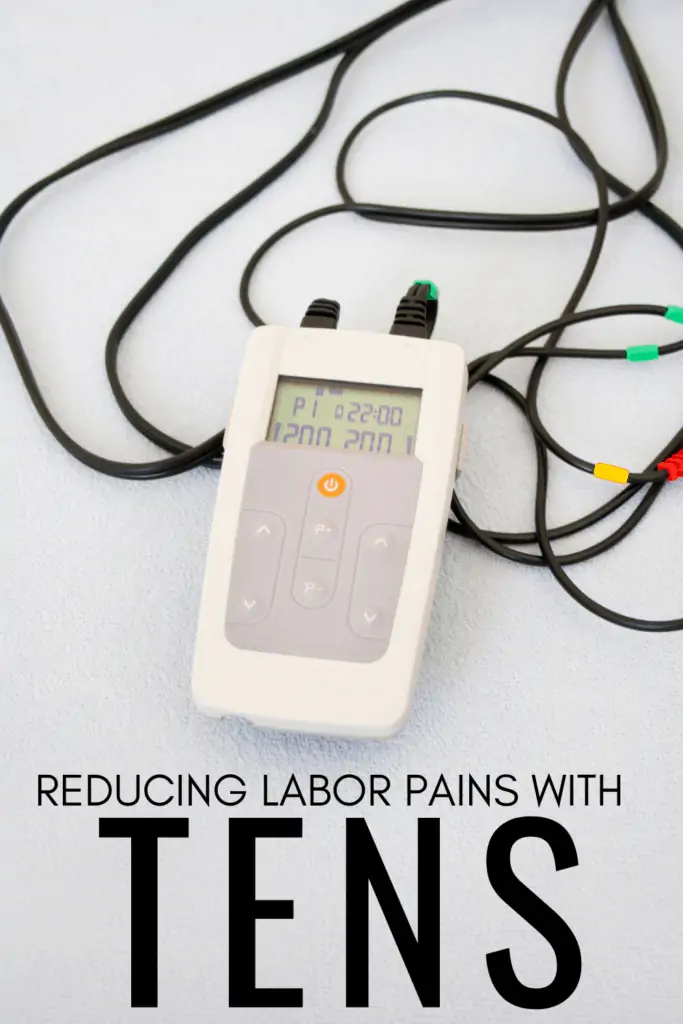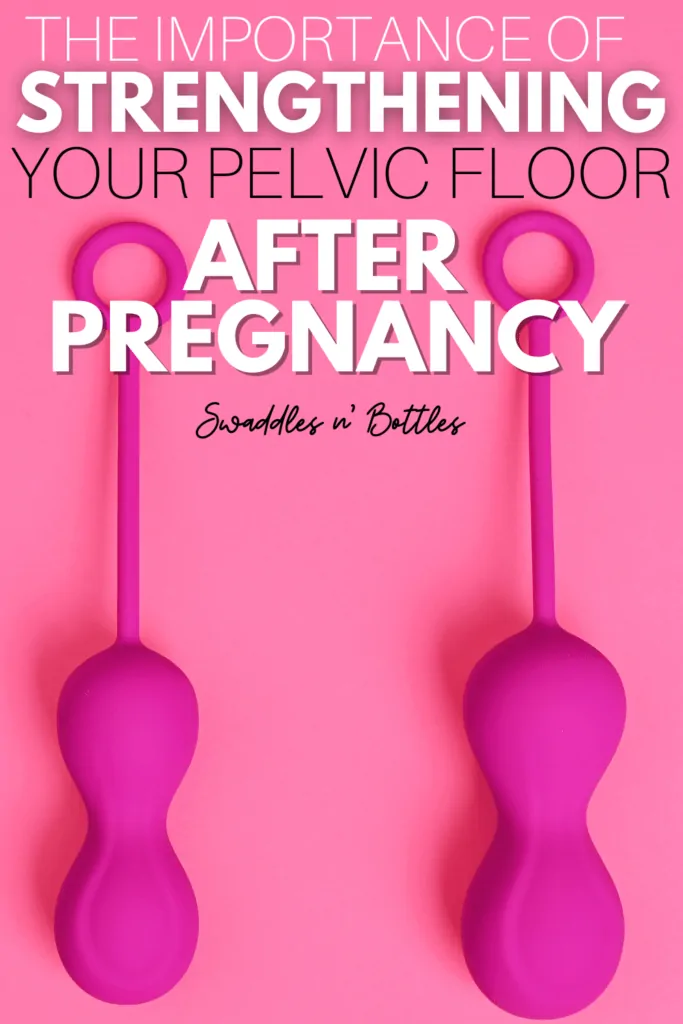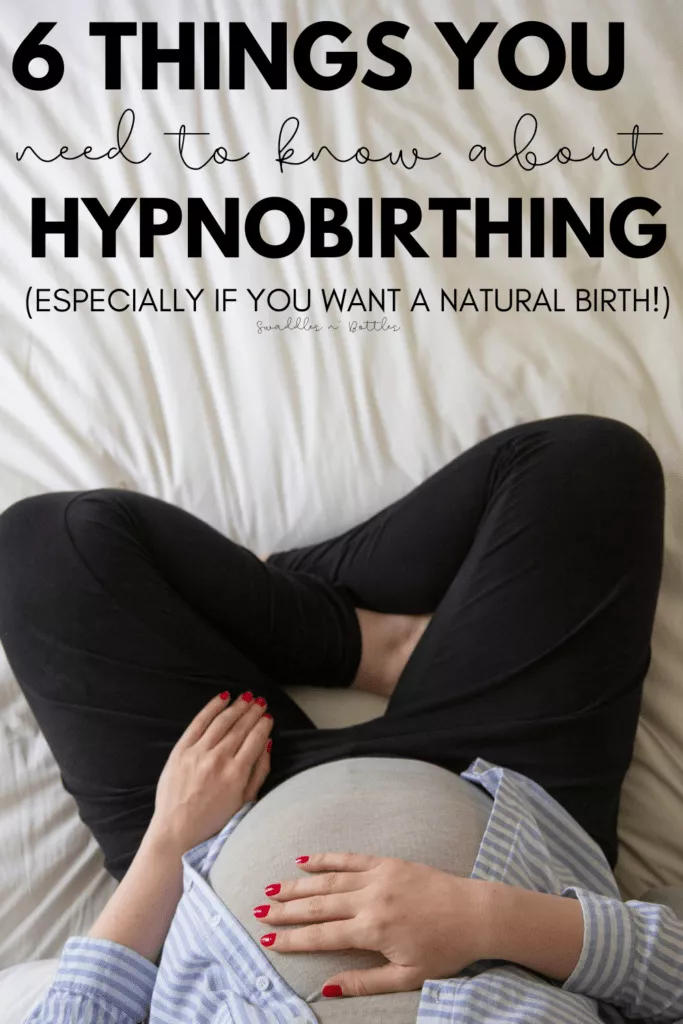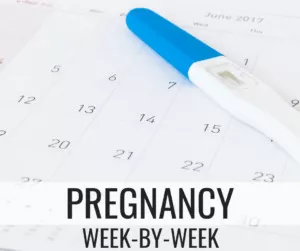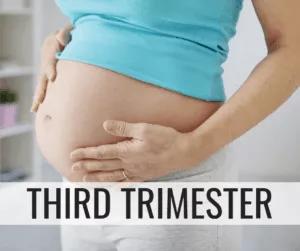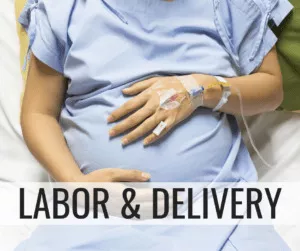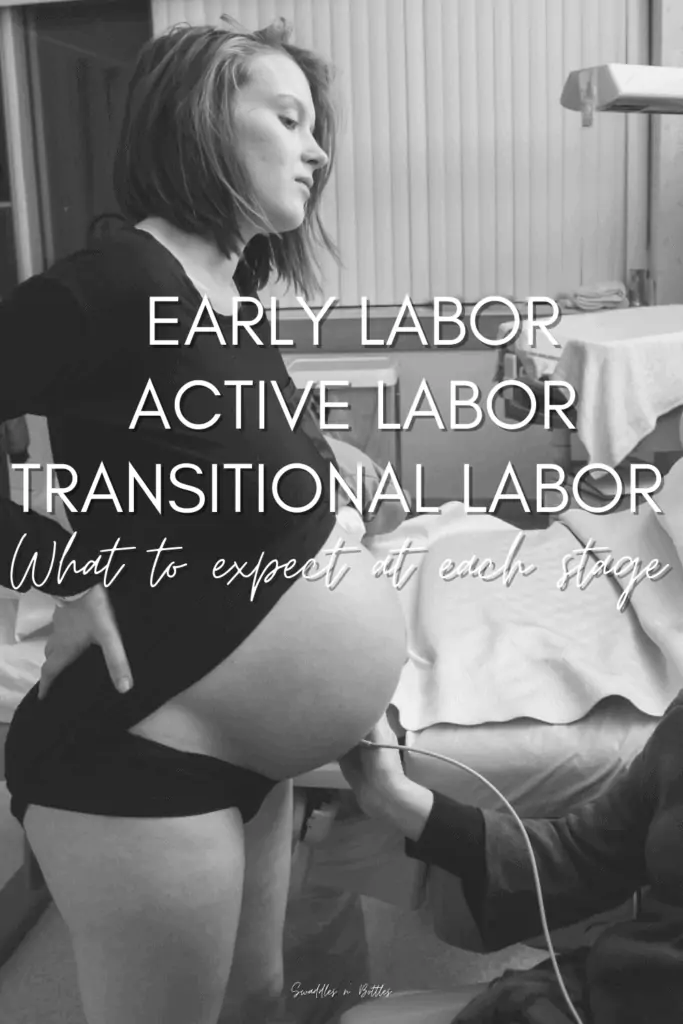
Early Labor vs. Active Labor vs. Transitional Labor (what is the difference?)
Do you want to know the difference between early labor, active labor, and transitional labor? If yes, you are in the right place. Generally, labor is a process that causes the placenta and fetus to leave the uterus.
Delivery occurs in two ways: natural delivery (vaginal or through the birth canal) or a cesarean (C-section or surgical) delivery. In today’s article, we will take about the first three stages of labor, their differences, and the changes your body undergoes. Read on!
Early Labor
During early labor, a pregnant woman starts getting contractions at regular intervals. It is not easy for many women to differentiate between early labor contractions and Braxton Hicks contractions that occur irregularly. Early labor or true labor contractions will occur more regularly with time and more frequently than false or Braxton Hicks contractions.
Besides, your contraction will get stronger, closer, and longer. You will experience contractions every 4-5 minutes for a period of 40-60 seconds. The early labor phase ends when your cervix is dilated about six centimeters, accelerating your progress.
Remember, you will experience more pain during the early labor phase due to more frequent contractions. You may also experience a mucus-rich vaginal discharge during this period.
Although some women worry about the blood-tinged vaginal discharge, let us tell you that it is perfectly normal. However, if there is more blood, consult your health provider immediately.
Moreover, if your water breaks without having any contractions, contact your doctor. During the early labor, you need to take a lot of rest, calm your mind through relaxation exercises and warm baths, and drink plenty of fluids to keep your body hydrated.
Active Labor
Active labor occurs once the early labor ends and involves more intense labor contractions. You will experience more intense, regular, longer, and stronger contractions. For example, most women experience contractions every 2-3 minutes. However, some pregnant women do not have frequent contractions, even during the transition labor.
During active labor, your cervix will become dilated at a faster pace. Your cervix will dilate to about ten centimeters. It is the phase when your baby starts descending toward the end of active labor. However, the baby’s descending varies from woman to woman, meaning your baby may or may not start to descend until the next stage.
Active labor is a difficult stage for pregnant women. You will experience nausea, heartburn, constipation, vomiting, discomfort, and back pain. Moreover, you will also have lower blood pressure due to epidural anesthesia and vomiting due to nerve stimulation.
Health professionals recommend opting for pain-relieving medication, such as an epidural during active labor. Yoga, meditation, and deep breathing exercises may also contribute to healthy, active labor and natural childbirth. Although it is good to take short walks to increase blood circulation, make sure to lean against something during each contraction.
Transition Labor
The last phase of the first three stages of labor is known as the transition period. As the name suggests, transition labor occurs with the end of the active labor. During this period, your cervix is fully dilated, and you begin to experience stronger contraction. Remember, the transition is the most challenging period of labor.
A pregnant woman experiences contractions every 2-3 minutes. Each contraction lasts more than one minute, causing severe shaking and shivering of the body. The transition phase also puts a lot of pressure on your rectum. It occurs when your baby descends to the pelvis, causing significant rectal stress, especially while moving your bowels.
Sometimes, the baby descends earlier, causing the mother to push before the cervix is fully dilated. If your baby descends later, you will reach full dilation without experiencing severe pressure.
Besides, the pressure you experience depends on the amount of epidural medication and baby position in your pelvis. If you want to remain active in the pushing stage, make sure you receive lower epidural medication doses. During this stage, you will see a lot of blood-filled discharge and experience more nausea and vomiting.
Some of the coping mechanisms you can undergo during the transition labor are massages, changing positions, and warm or cold compresses. For instance, if you feel more pressure on your lower spine, get on your all fours to reduce the pain.
A cold pack of ice on your spine or cloth dipped in cold water on your forehead may relieve discomfort. Some women undergo a warm compress because they feel more comfortable with it.

